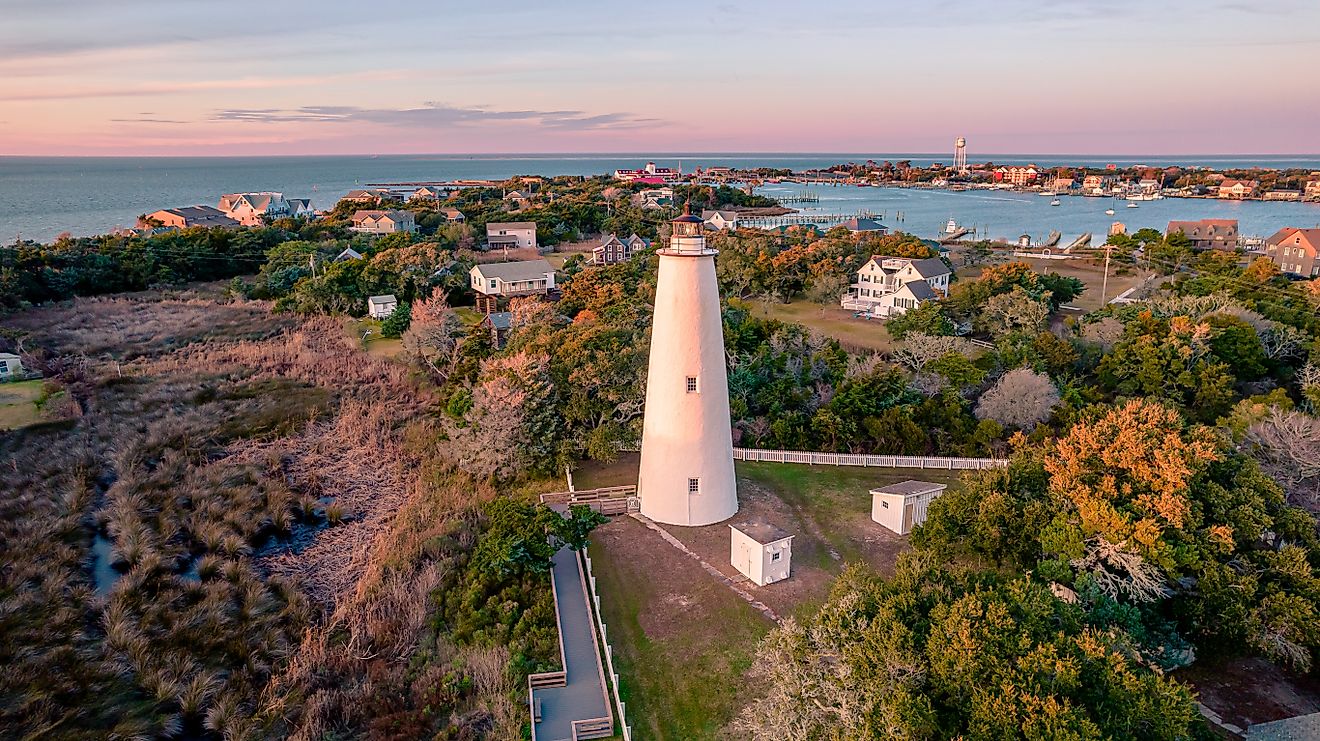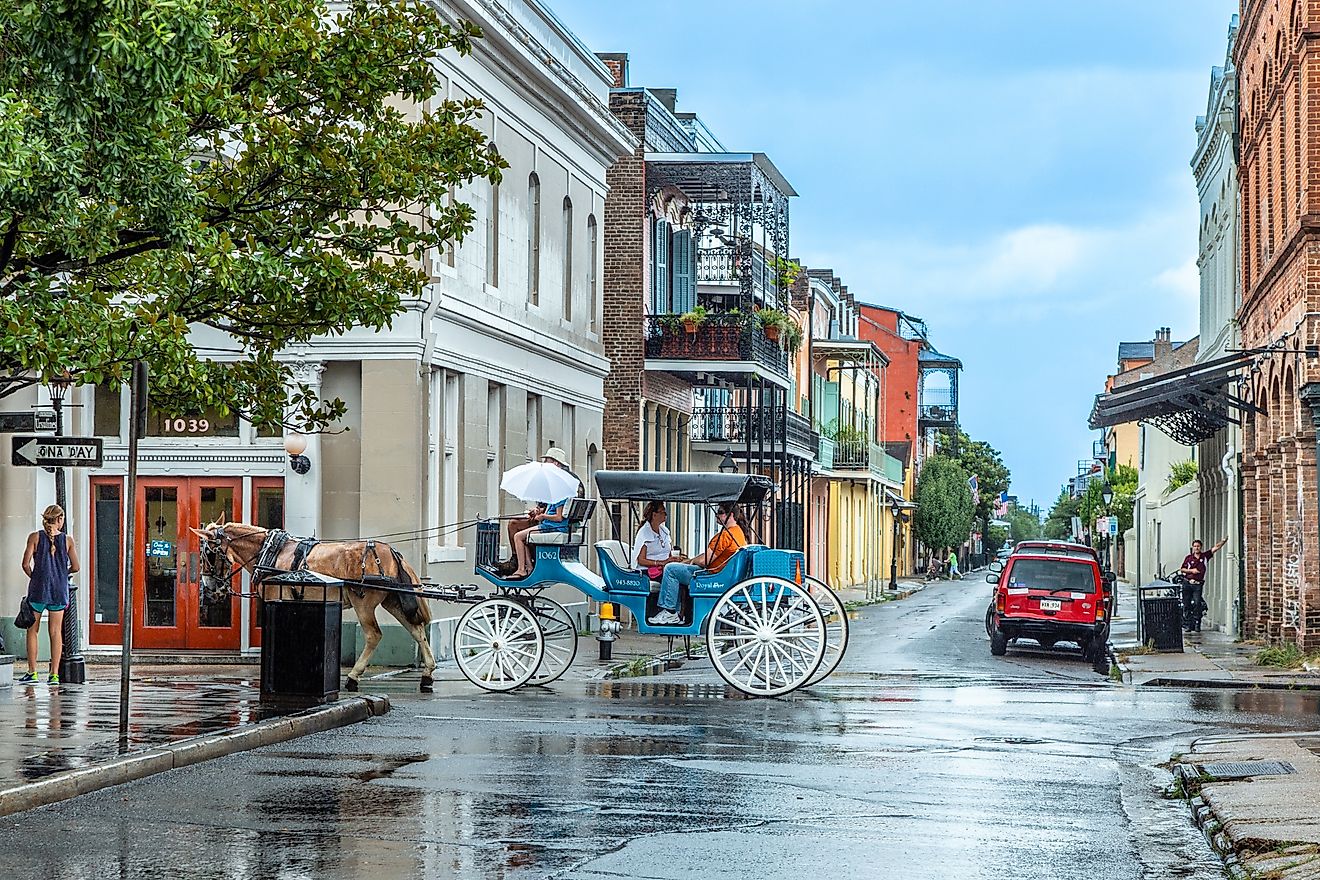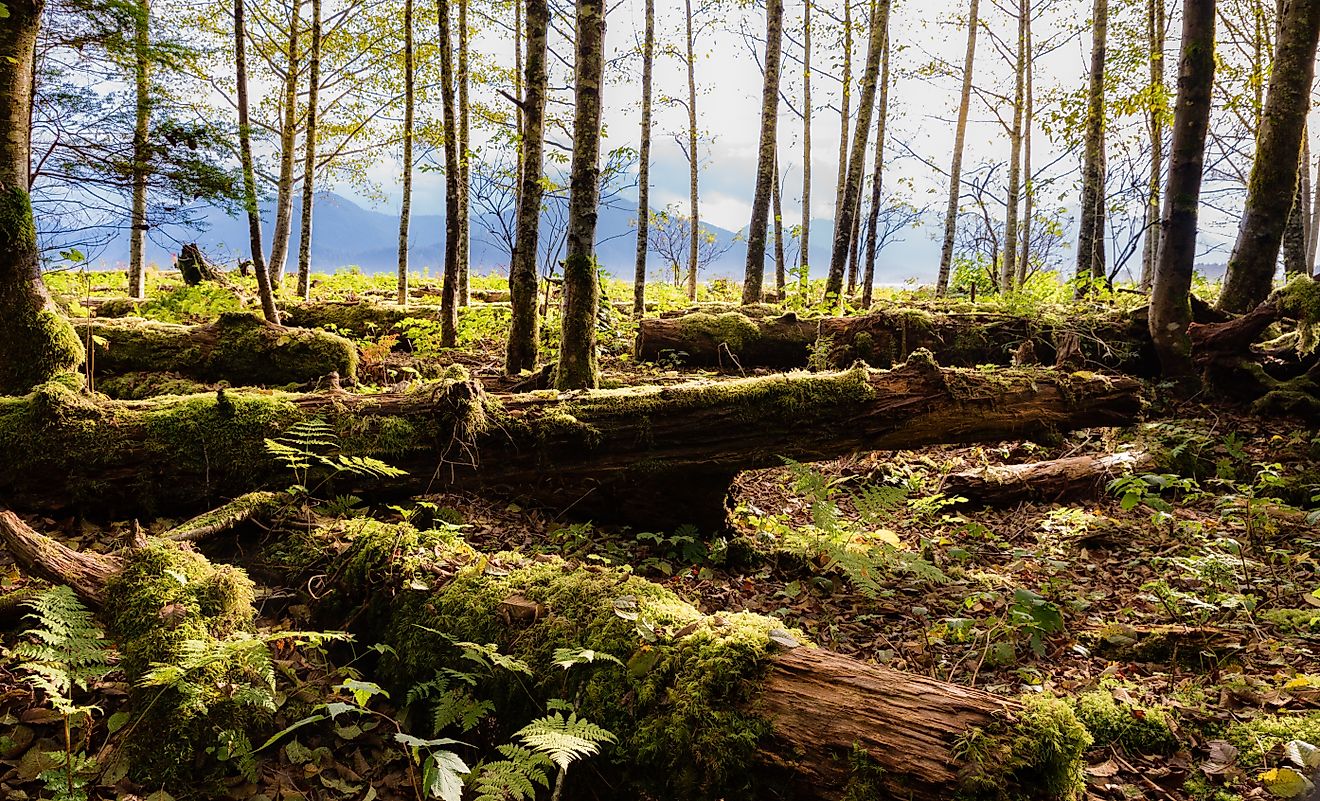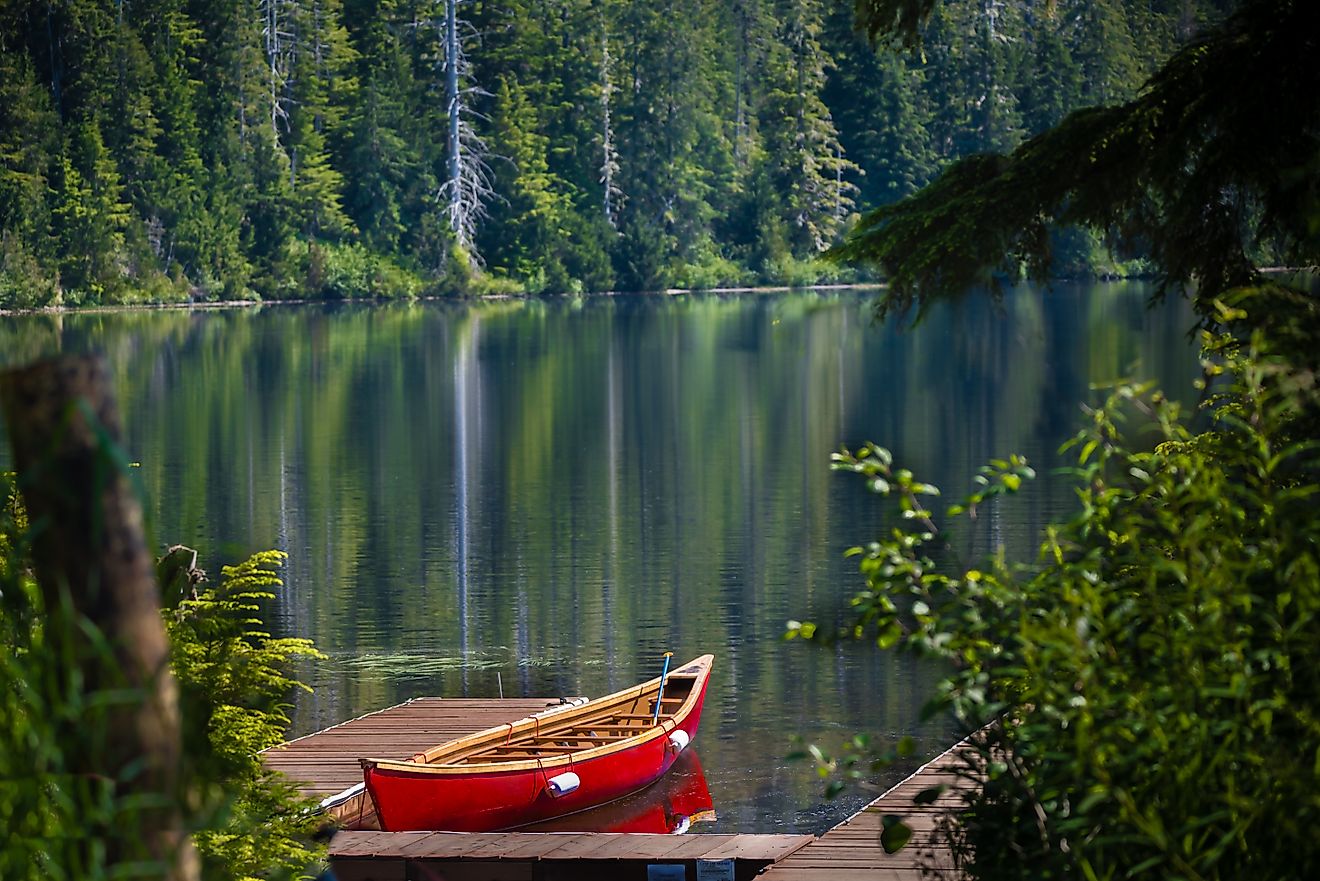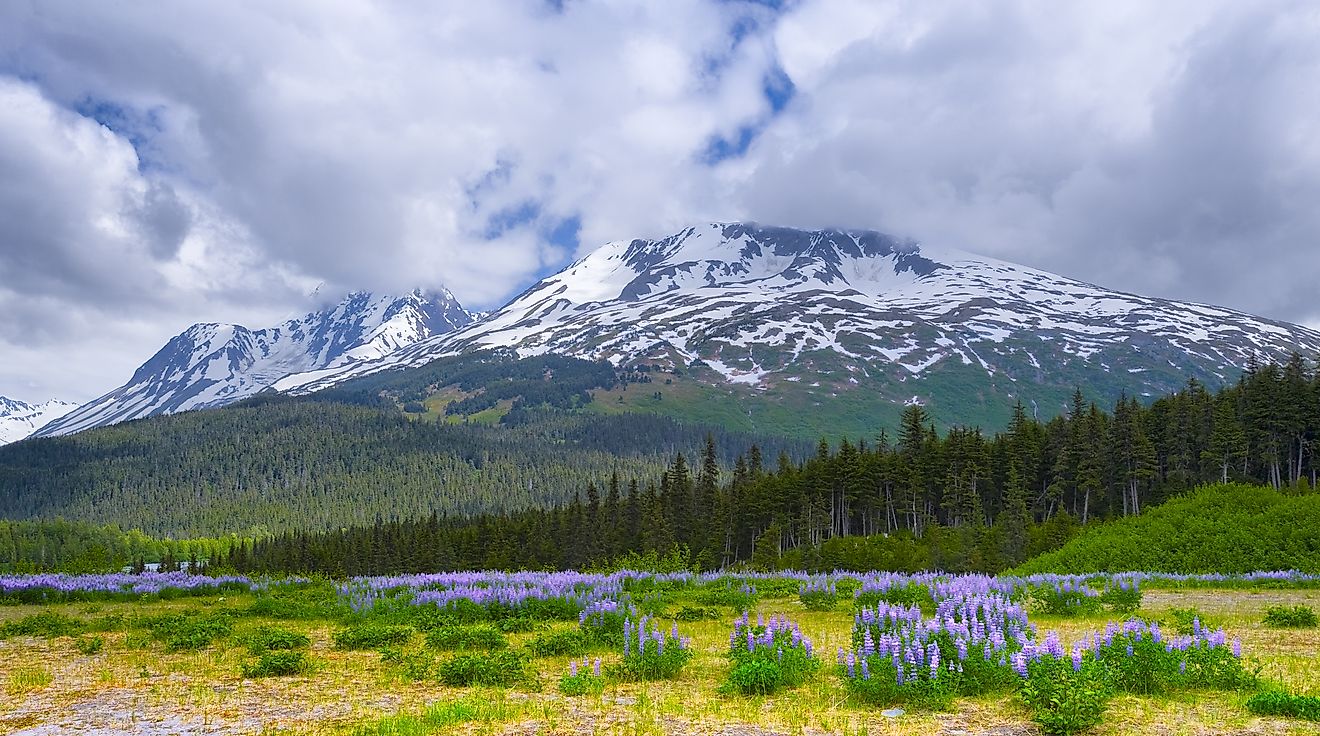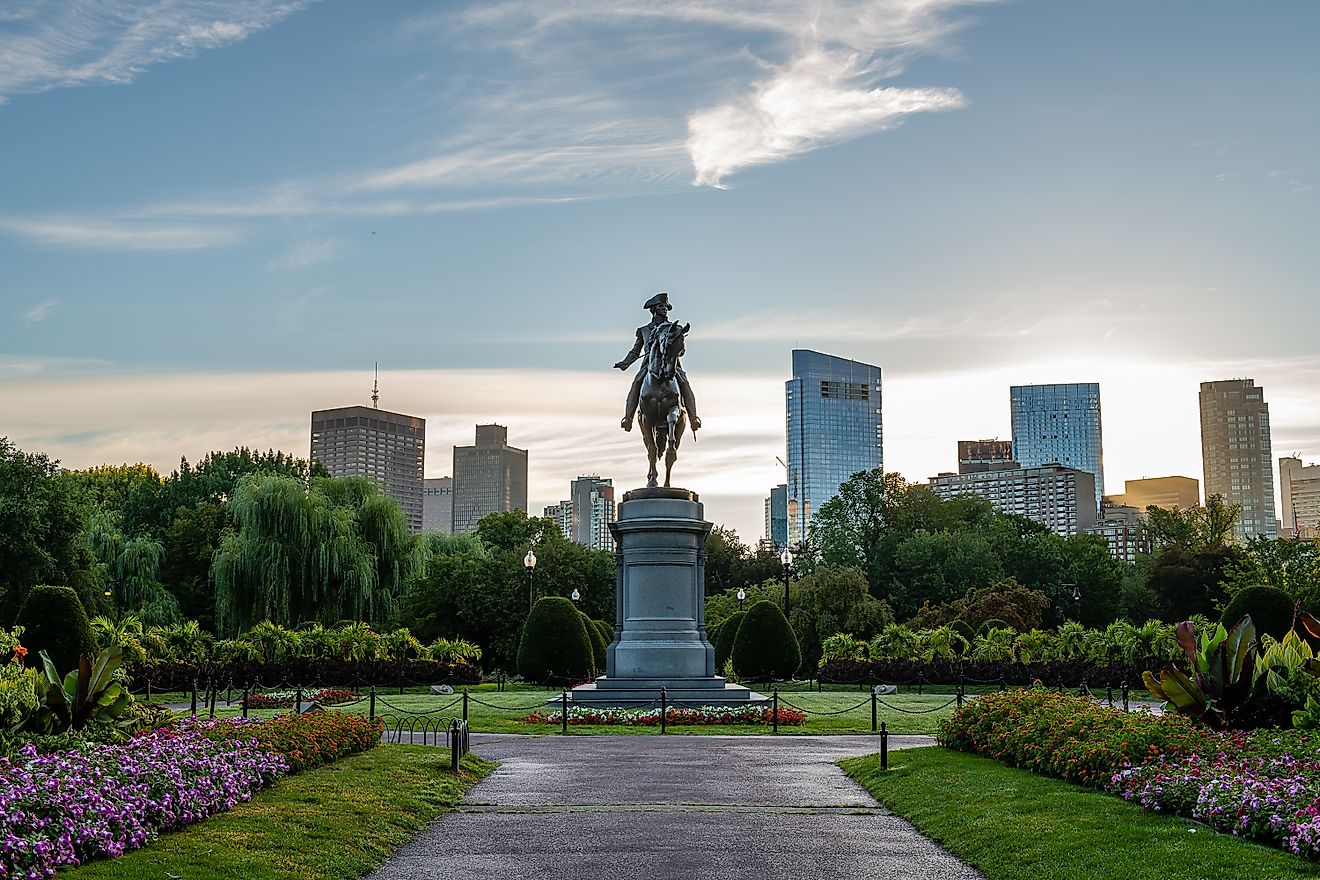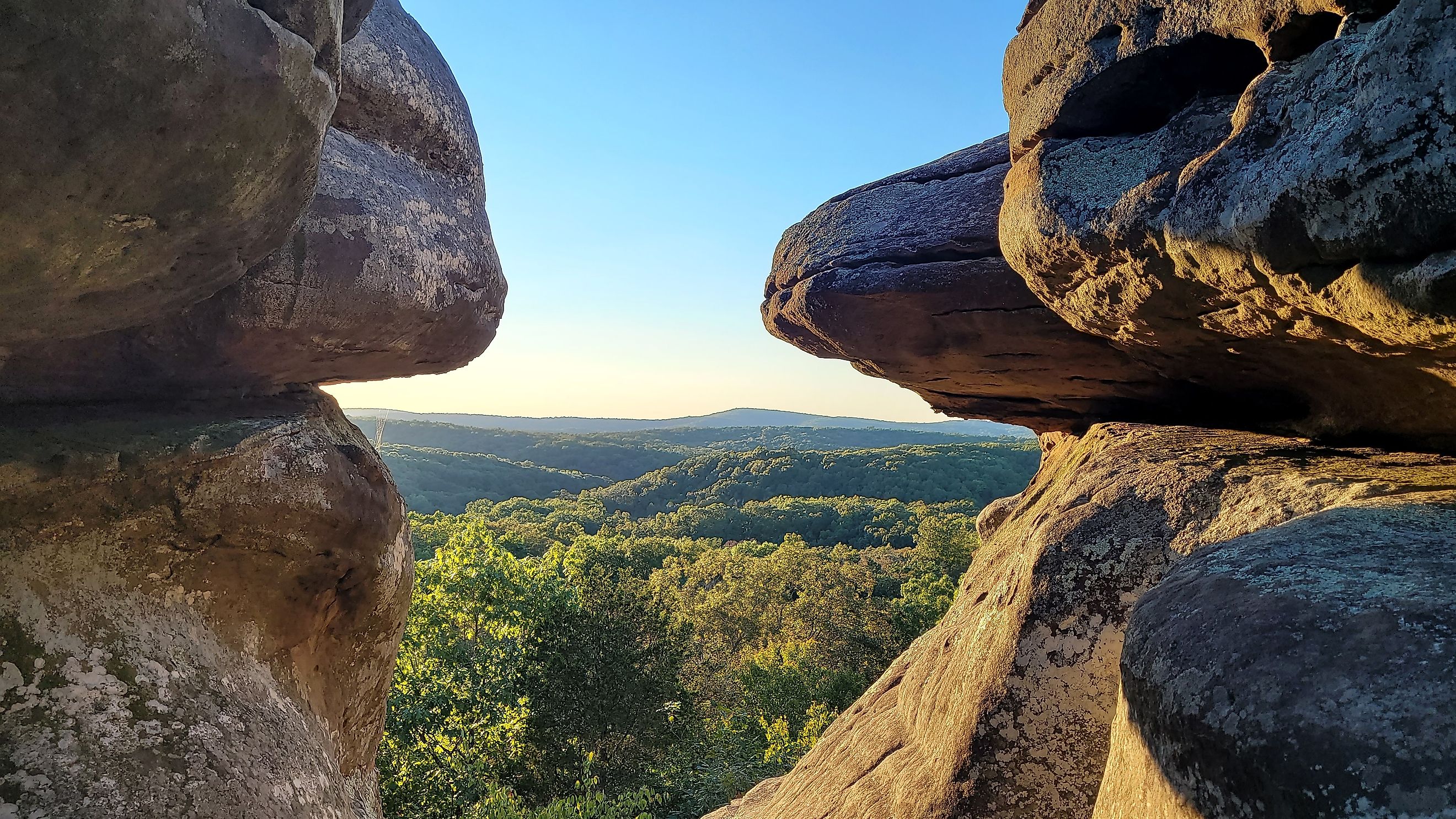
Underrated Forests in the Midwest That Deserve More Love
When people think of grand American forests, their minds often jump to towering redwoods on the West Coast or the misty hollows of the Appalachians. But tucked away in the heartland of the country, the Midwest boasts some of the most underrated forests in the United States—vast, diverse ecosystems with waterfalls, wildlife, and trails that rival anything out west. These hidden gems may not get the spotlight, but they offer unmatched tranquility, uncrowded trails, and surprising biodiversity.
Here are five underrated forests in the Midwest that deserve more love—and a place on your next adventure itinerary.
Hoosier National Forest – Indiana
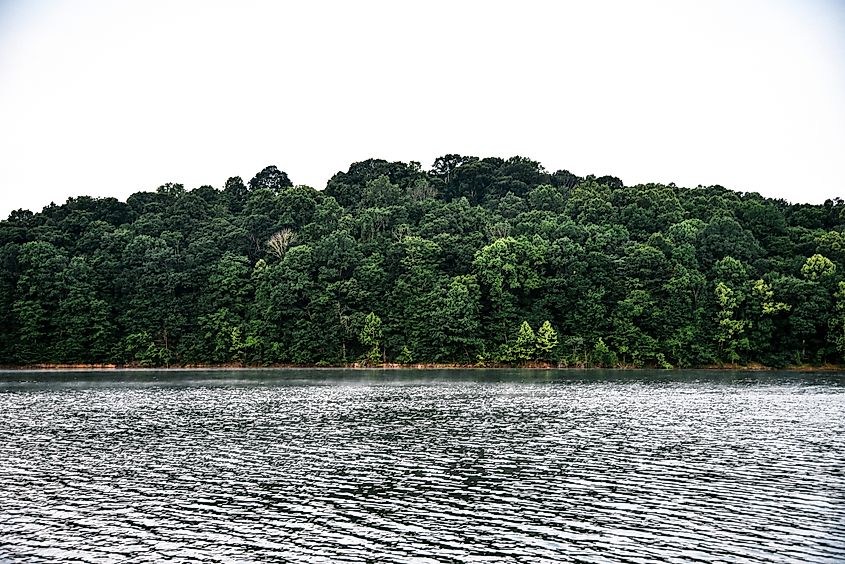
Nearest city: Bloomington, IN
Size: Over 200,000 acres
Best for: Solitude, sandstone cliffs, backpacking
Southern Indiana isn’t usually top-of-mind for forested getaways, but Hoosier National Forest is a quiet stunner. Spanning nine counties and more than 200,000 acres, Hoosier is a rolling patchwork of hardwood hills, limestone bluffs, and historic homesteads. The Charles C. Deam Wilderness—the only federally designated wilderness in Indiana—offers over 36 miles of trails and a taste of true backcountry solitude.
The forest features sweeping overlooks, primitive campsites, and hidden caves. The Hemlock Cliffs area in particular feels more like the Pacific Northwest than the Midwest, with narrow gorges, waterfalls, and moss-covered cliffs. In fall, the foliage rivals anything New England has to offer.
Don’t miss:
-
Hiking or horseback riding the 48-mile Two Lakes Loop
-
Paddling on Lake Monroe, the largest inland lake in Indiana
-
Discovering historic relics like the Hickory Ridge Fire Tower
Shawnee National Forest – Illinois
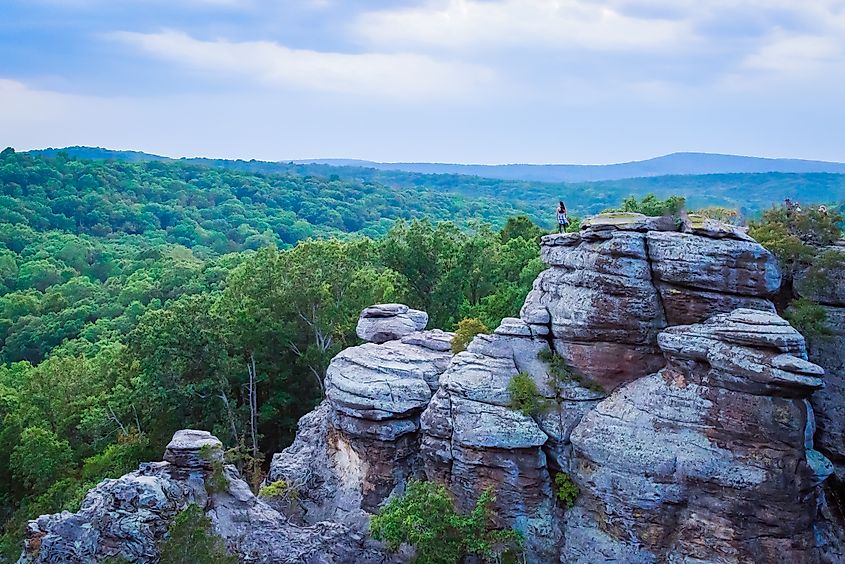
Nearest city: Carbondale, IL
Size: 289,000 acres
Best for: Rock formations, waterfalls, and unique geology
Nestled between the Mississippi and Ohio Rivers, Shawnee National Forest feels like a natural anomaly in the flat Midwest. Home to dramatic sandstone formations, rugged bluffs, and lush canyons, this southern Illinois treasure is an outdoor wonderland hiding in plain sight.
The Garden of the Gods Wilderness Area—perhaps Shawnee’s most photographed spot—features ancient rock formations sculpted by millennia of wind and rain. But the real magic of Shawnee lies beyond its postcard views: quiet backroads, hidden swimming holes, and miles of scenic trails without the crowds.
Don’t miss:
-
The Rim Rock Trail for panoramic views over sandstone cliffs
-
Pomona Natural Bridge, a 90-foot sandstone arch deep in the woods
-
Burden Falls Wilderness, home to Illinois’ highest waterfall
Ottawa National Forest – Michigan
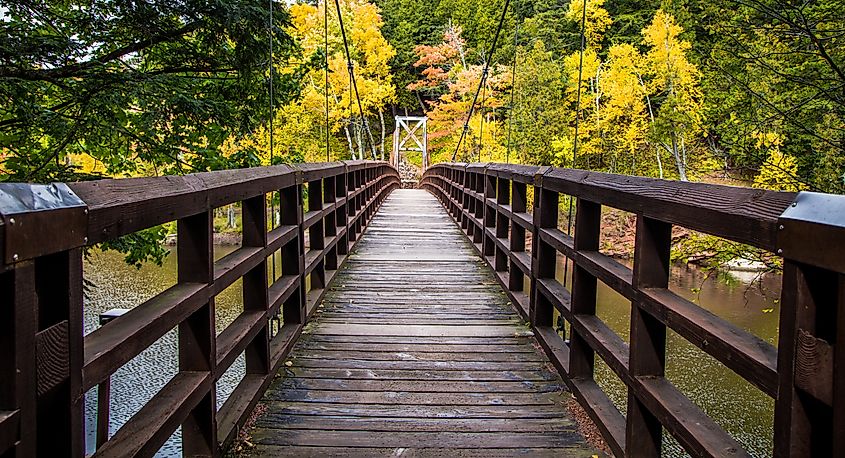
Nearest city: Ironwood, MI
Size: 990,000 acres
Best for: Waterfalls, remote camping, fall color
Tucked into the western Upper Peninsula of Michigan, Ottawa National Forest offers some of the most unspoiled wilderness in the Midwest. With nearly a million acres of forestland and 500 lakes, this vast expanse is ideal for serious outdoor enthusiasts—especially those looking to escape the crowds of more popular spots like Pictured Rocks or the Porcupine Mountains.
Ottawa is a four-season destination. In summer, canoeists and kayakers flock to its quiet waters. Fall brings a kaleidoscope of color to the maple-covered hills. In winter, snowshoeing and cross-country skiing take over. Ottawa is also one of the best stargazing locations east of the Mississippi thanks to its minimal light pollution.
Don’t miss:
-
Bond Falls, one of the most scenic waterfalls in Michigan
-
Hiking the North Country Trail, which winds through the forest
-
Black River Scenic Byway for an unforgettable drive past five waterfalls
Mark Twain National Forest – Missouri
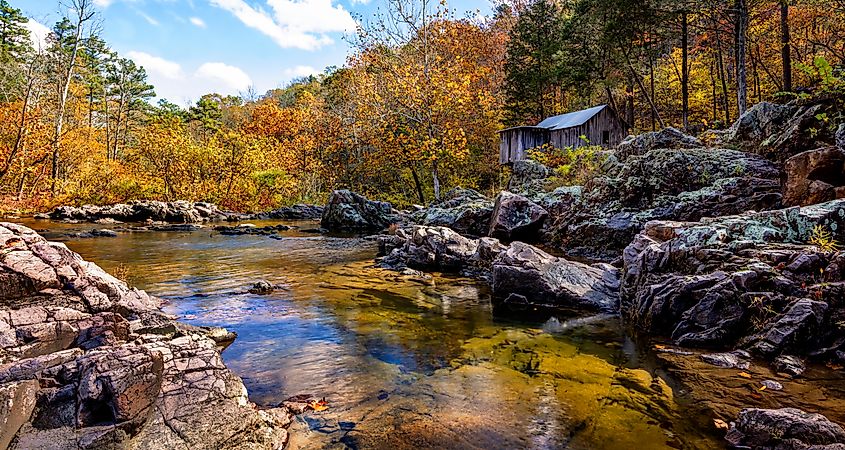
Nearest city: Rolla, MO
Size: 1.5 million acres
Best for: Ozark scenery, swimming holes, and float trips
Named after Missouri’s most famous author, Mark Twain National Forest sprawls across 29 counties in the southern part of the state. It encompasses everything from towering pines to karst formations and turquoise-blue springs. Despite its size and natural beauty, it remains off the radar for many travelers.
The forest includes seven designated wilderness areas and is a haven for paddlers and hikers. The Ozark Trail cuts through Mark Twain’s heart, offering over 390 miles of backcountry hiking. Water lovers will enjoy float trips along the Eleven Point River and swimming in the crystalline waters of Greer Spring and Alley Spring.
Don’t miss:
-
Greer Spring, one of the largest springs in the Ozarks
-
Devil’s Backbone Wilderness for quiet trails and scenic bluffs
-
Exploring the Glade Top Trail National Scenic Byway
Chequamegon-Nicolet National Forest – Wisconsin
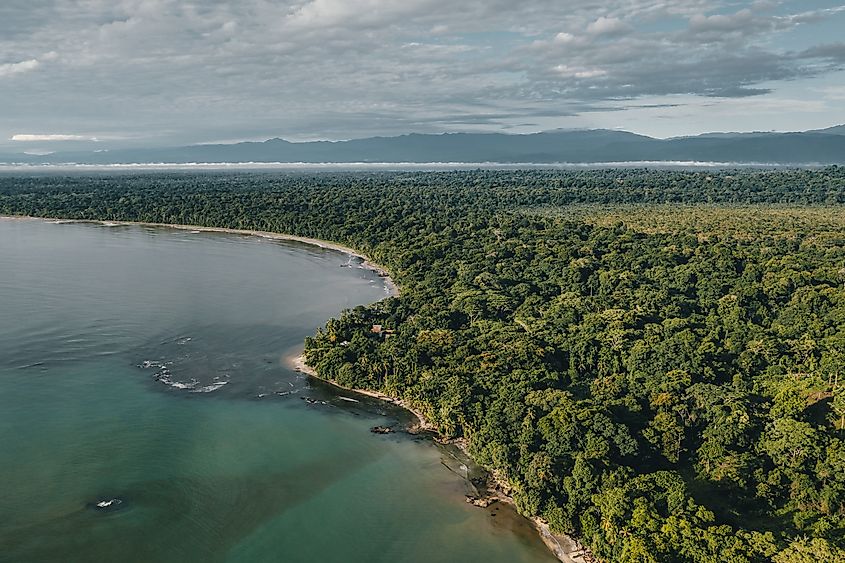
Nearest city: Ashland, WI (Chequamegon); Rhinelander, WI (Nicolet)
Size: 1.5 million acres combined
Best for: Northwoods lakes, biking, and off-grid adventure
Split into two vast regions in northern Wisconsin, the Chequamegon and Nicolet National Forests are some of the most underappreciated outdoor escapes in the Upper Midwest. Thick forests, glacial lakes, and quiet trails define the landscape. This is classic Northwoods territory—ideal for a cabin getaway or a weekend of paddling, fishing, and biking.
Chequamegon is especially known for the CAMBA mountain biking trail system, while Nicolet offers top-notch paddling on the Wolf and Peshtigo Rivers. Wildlife is abundant here, too—keep your eyes peeled for black bears, timber wolves, loons, and bald eagles.
Don’t miss:
-
Hike to Morgan Falls and St. Peter’s Dome for one of Wisconsin’s best overlooks
-
Paddle through the Sylvania Wilderness canoe area near the Michigan border
-
Explore the 60-mile Nicolet State Trail on bike or ATV
Why These Forests Matter

These forests may not have the name recognition of Yellowstone or Yosemite, but they matter just as much—maybe more. They protect vital watersheds, support wildlife diversity, and provide millions of Midwesterners with nearby access to the healing power of nature. In an era when outdoor spaces are becoming increasingly crowded, the quiet trails and uncrowded campgrounds of these underrated forests are a gift.
They also tell the story of the Midwest's ecological diversity, from the boreal forests of the Upper Peninsula to the sandstone bluffs of Illinois and the springs of the Ozarks. Whether you’re seeking solitude, family-friendly trails, or a remote place to pitch a tent, these forests deliver.
Tips for Visiting
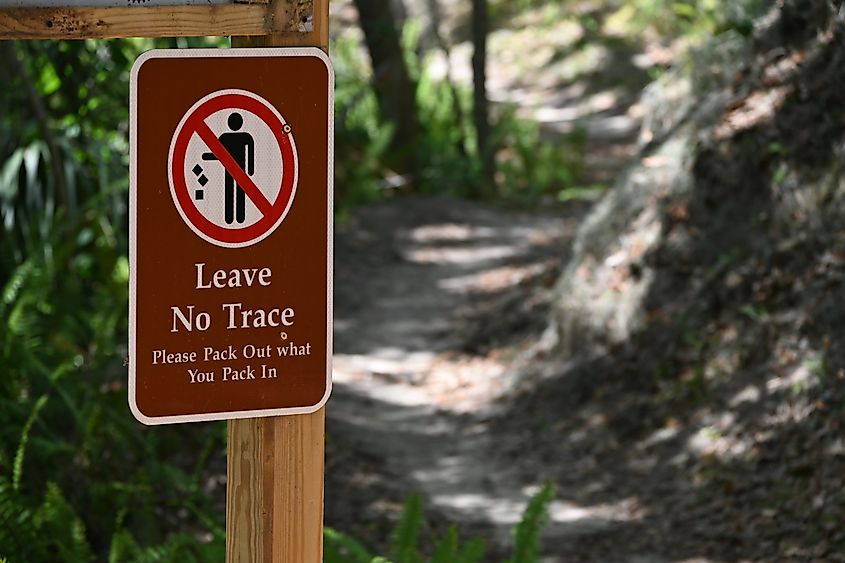
If you’re planning to explore one of these underrated Midwest forests, here are a few tips to make your trip smooth and memorable:
-
Check ahead: Some roads and trails may close seasonally or due to maintenance. National Forest websites usually post alerts.
-
Pack in, pack out: Leave no trace, especially in primitive or wilderness areas where amenities are minimal.
-
Be wildlife aware: Many of these forests are home to bears, snakes, and other wildlife. Know how to store food and handle encounters.
-
Bring a paper map: Cell service is spotty in remote forest areas. Old-school navigation tools can save your trip.
-
Visit off-peak: Fall and spring offer beautiful conditions and fewer crowds than summer.
Final Thoughts
The Midwest is often overlooked in conversations about America’s great outdoor spaces—but it shouldn't be. The forests highlighted here are proof that beauty, adventure, and wildness can be found far from the coasts and mountain ranges. Whether you're chasing waterfalls in Illinois or stargazing in Michigan, these underrated forests deserve a spot on your travel radar.
You don’t need to fly across the country for your next outdoor fix. You just need to look at the heart of America a little differently.
